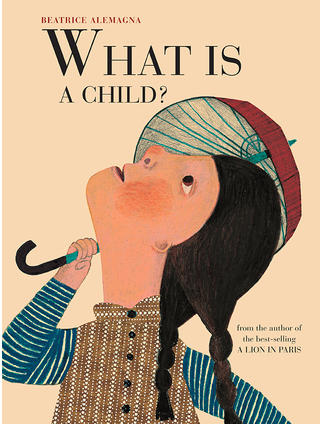Children, emotions and research: Reflections on the 2019 SIG
To find yourself sitting in a three to a row set-up, with the intention of mimicking being on an airplane, is not perhaps what you might expect when you attend a European Social Work Research conference Special Interest Group on Child and Family Research. Nonetheless there we were, experiencing how airplane attendants enact emotional labour in the course of daily work routines. Smiling when feeling frustrated, displaying a calm demeanour when actually deeply irritated or disturbed, were examples of emotional labour common to the airplane attendant role, and not unfamiliar to social workers either. And that was the point. Karen Winter was helping us understand how in social work contexts practitioners often display one behaviour, whilst feeling something quite different, and that how this emotional dissonance is made sense of is crucial for the effectiveness of practitioners’ professional performance and safeguarding of their professional wellbeing.
The SIG had begun with an introductory activity involving the Kitbag (http://www.iffpraxis.com/kitbag), a resource being introduced to social workers in England to support them in their direct work with children. Designed to enhance all children’s –and adults for that matter – emotional literacy –the Kitbag has a feelings card with twelve blobs of colour on it. As the card was passed around the SIG circle each person, holding the Kitbag talking stick, introduced themselves and choose a colour that reflected their emotional state, saying, if they wished to, why.

Currently used in Scottish schools the Kitbag provides children with ways of talking comfortably about their feelings. Following the finding in the Talking and Listening to Children (TLC) research (http://www.talkingandlisteningtochildren.co.uk/) that less than 20% of the social workers observed used any sort of resource in their communication with children, the TLC team is keen to promote the use of Kitbag to help social workers with this challenging task. Making explicit what we feel is one way of managing the dissonance that comes with emotional labour – difficult feelings can be named and thought about, rather than avoided ‘acted out’.
Complementing these morning activities, the afternoon session of the SIG was an experiential exercise involving the participants in a visual matrix (Froggett et al 2015). Used as a psychosocial research method the matrix provides a space to explore the affective and often less easily articulated dimensions of lived experiences. In this instance participants were invited to draw a picture of what was evoked for them by the words children, emotions and research. These pictures were then combined with some beautiful illustrations from a children’s book – What is a Child (Beatrice Alemagna).

The participants then silently, and slowly, viewed the picture collection, before sitting down and free associating to them, sharing whatever thought or feeling came to mind. As a vehicle for accessing affective responses, visual matrixes can be a creative medium with the potential to generate unexpected and previously un-thought ideas about the topic being considered.
So what did we discover through the SIG? Emotions are everywhere all the time, sometimes more visible, sometimes less, sometimes articulated, often not. And children are whole people, with remarkable emotional flexibility and capacity to move from one affective state to another, in short spaces of time. Such shifts can be unsettling for less emotionally agile adults. Holding the whole child in mind and allowing the child to lead us, is a tall order, one requiring us to recognise our own emotional responses to ensure our own emotional caution or illiteracy do not place unhelpful limitations on what we are prepared to allow a child to express. Now that’s an example of emotional labour in research and practice, requiring us to exercise our reflexive awareness at all times.
Maybe the next blog might pick up on this theme of reflexivity in research. Let’s wait and see. Offers welcomed.
References:
Froggett, L., Manley, J. and Roy, A. (2015) The Visual Matrix Method: Imagery and Affect in a Group-based research setting, Forum Qualitative Sozialforschung / Forum: Qualitative Social Research, 16, 3, Art 6 http://www.qualitativeresearch.net/index.php/fqs/article/view/2308


Leave a Reply